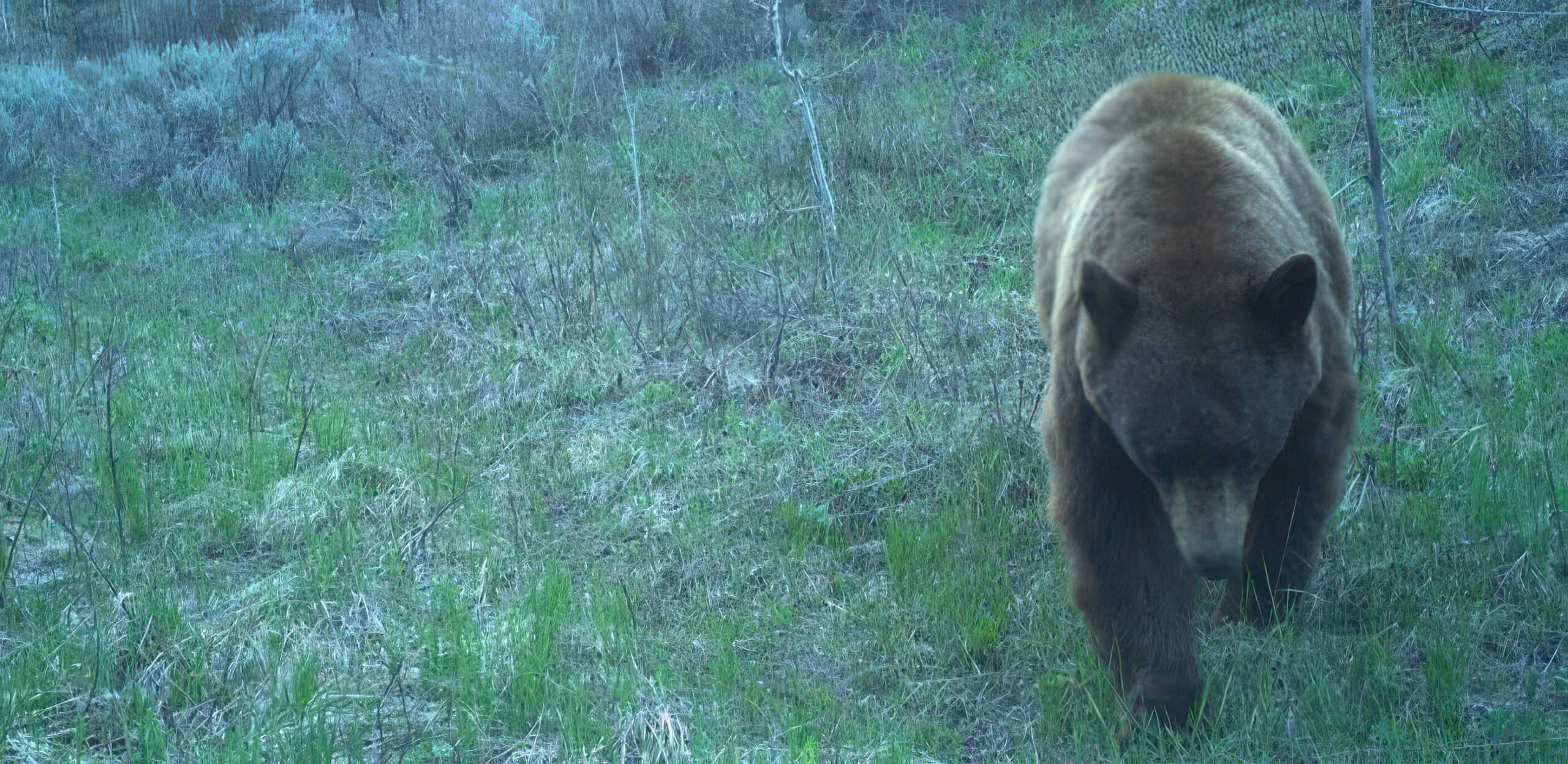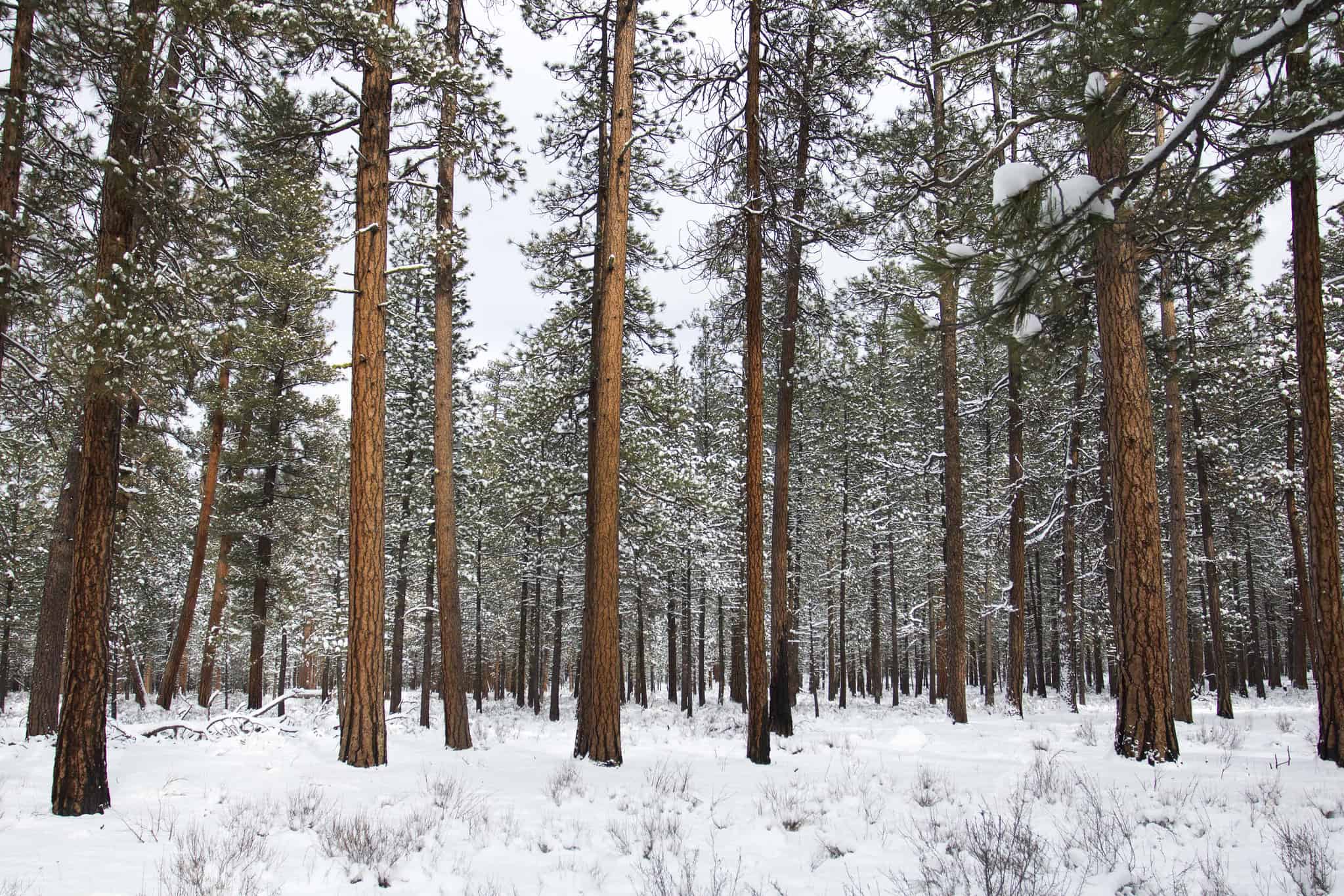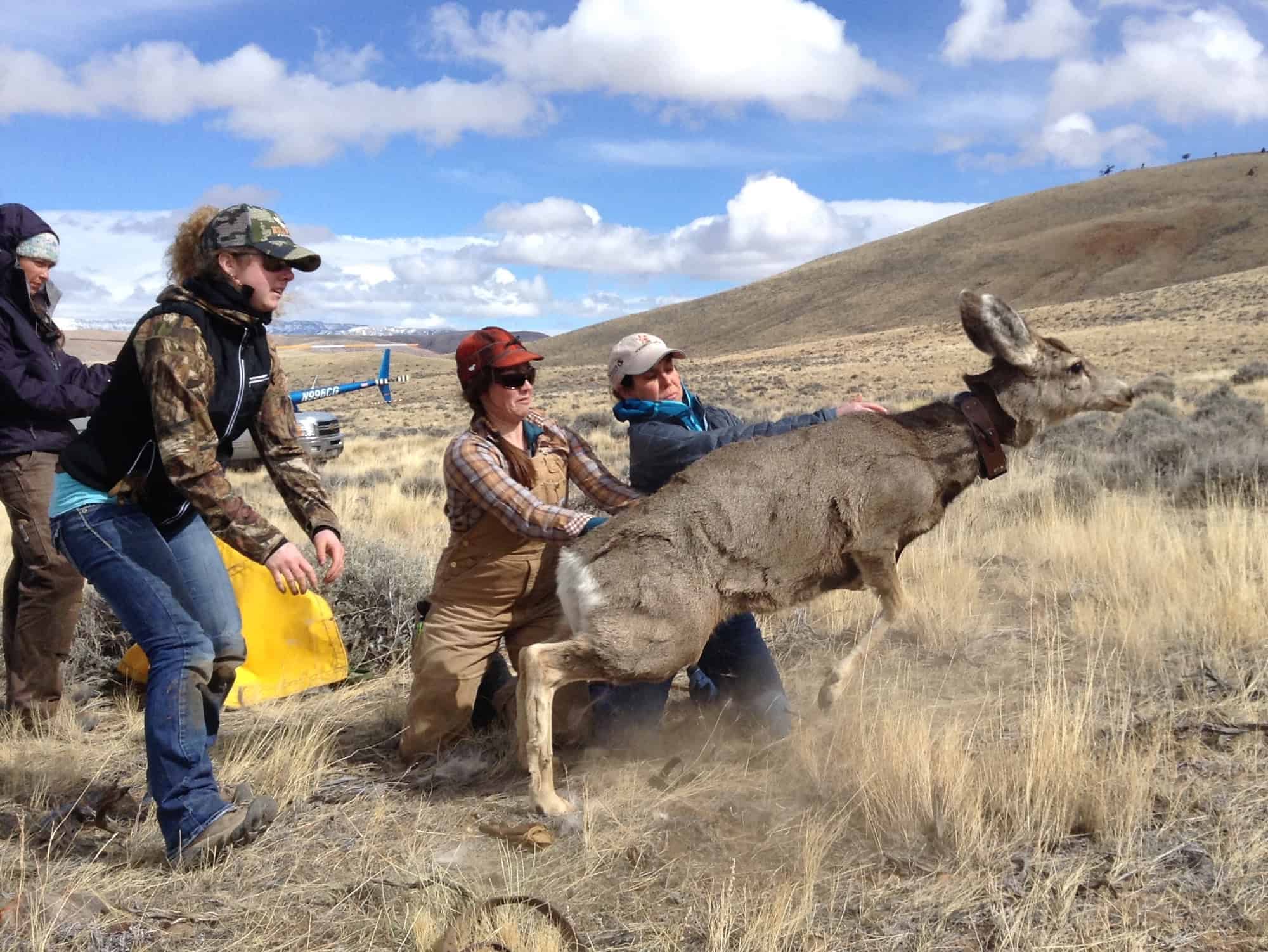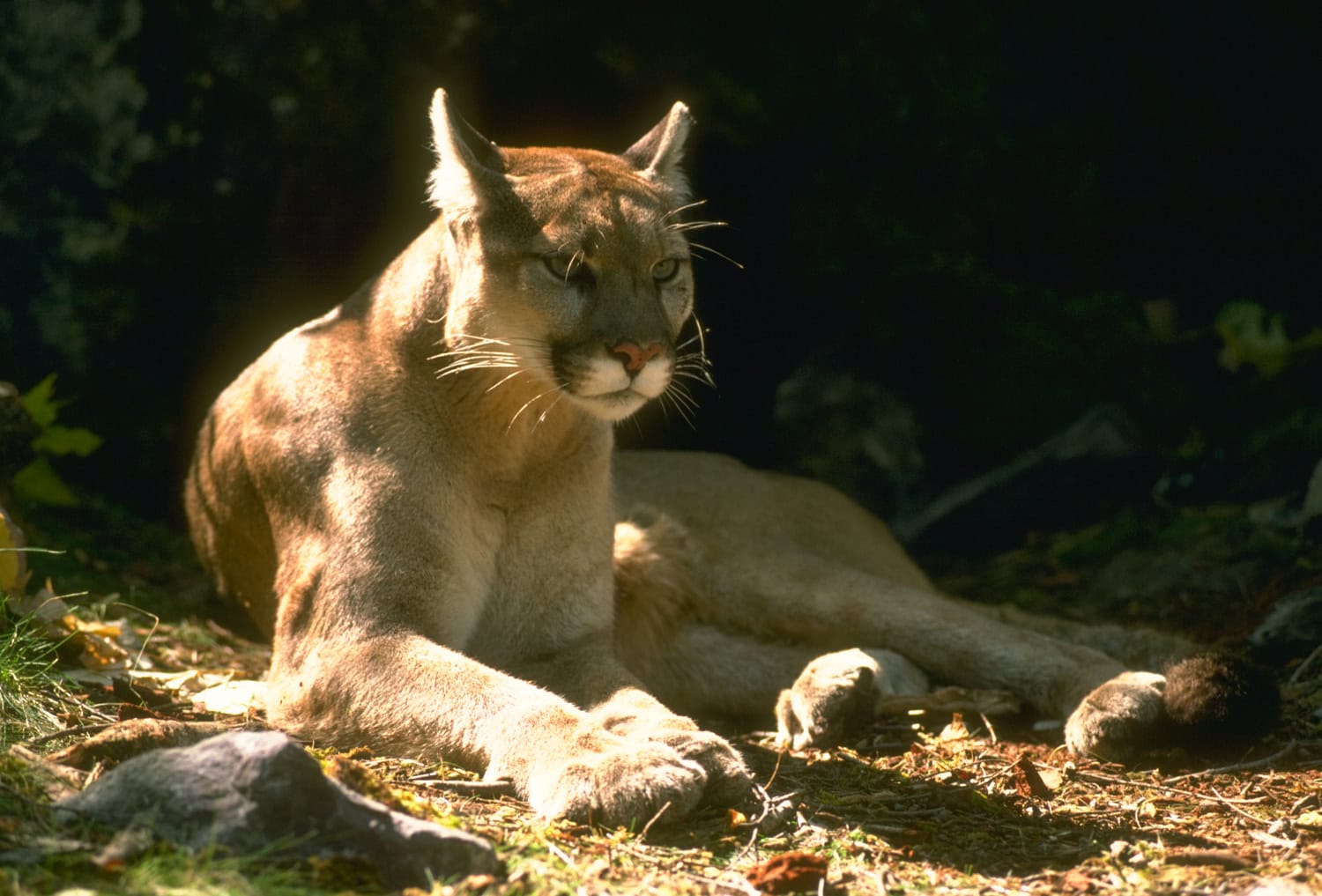Share this article
Wildlife Featured in this article
- Elk
- Black bear
Recreation noise causes wildlife to flee
A study in Bridger-Teton National Forest found elk and black bear were the most sensitive
When people head into nature in search of peace and quiet, the wildlife around them finds anything but relaxation.
Researchers found that sounds of recreationists can trigger a fear response in wildlife as if they were escaping from predators. The research calls into question whether otherwise high-quality habitats truly provide refugia for wildlife when hikers, photographers and others are around, and it underscores the challenges land managers face in balancing outdoor recreational opportunities with wildlife conservation.
“Information like this can help managers balance recreation opportunities with wildlife management, which is critical as outdoor recreation continues to grow in popularity,” said Kathy Zeller, a research biologist with the U.S. Forest Service and the lead author of the study published recently in Current Biology.
The study is the first to quantify wildlife responses to the noises of people recreating, based on recreation type, group size, group vocalizations and wildlife species.
Working in the Bridger-Teton National Forest in Wyoming, Zeller and her colleagues placed remote cameras and speakers on wildlife trails. When animals entered study areas, they triggered speakers to broadcast different types of noise, and nearby cameras captured video of the animals’ behavioral responses to the sounds.
“Wildlife responses to recreation noise are often unobservable, and it was a fun research challenge,” Zeller said.
The noises were associated with different types of recreation such as hiking, mountain biking and off-highway vehicle use. They also represented different-sized groups and included sounds with and without human voices.
This setup allowed the researchers to observe both the immediate responses in animal behavior to recreation noise and changes in wildlife presence at the study areas. Scientists analyzed the video footage and compared how wildlife responded to various recreation noises as well as nature sounds and periods without any broadcasted noise.
They found that animals were up to 4.7 times more likely to flee, and they exhibited vigilance behavior up to three times longer when exposed to recreation noise compared to natural sounds or no noise. Animal abundance was 1.5 times lower in the week following the noise. Larger groups of people caused the highest probability of flight. Elk (Cervus canadensis) and black bears (Ursus americanus) were the most sensitive. Large carnivores were the least affected.
The study comes as outdoor recreation activities like hiking, mountain biking and motorized vehicle use are steadily increasing.
“Our findings highlight the need for thoughtful planning, with potential consideration of noise mitigation measures to minimize the impact on wildlife while still providing outdoor recreational opportunities for people,” said Mark Ditmer, a Rocky Mountain Research Station research ecologist and co-author of the study.
Header Image: A remote camera captures an image of a black bear in Bridger-Teton National Forest. Credit: U.S. Forest Service








